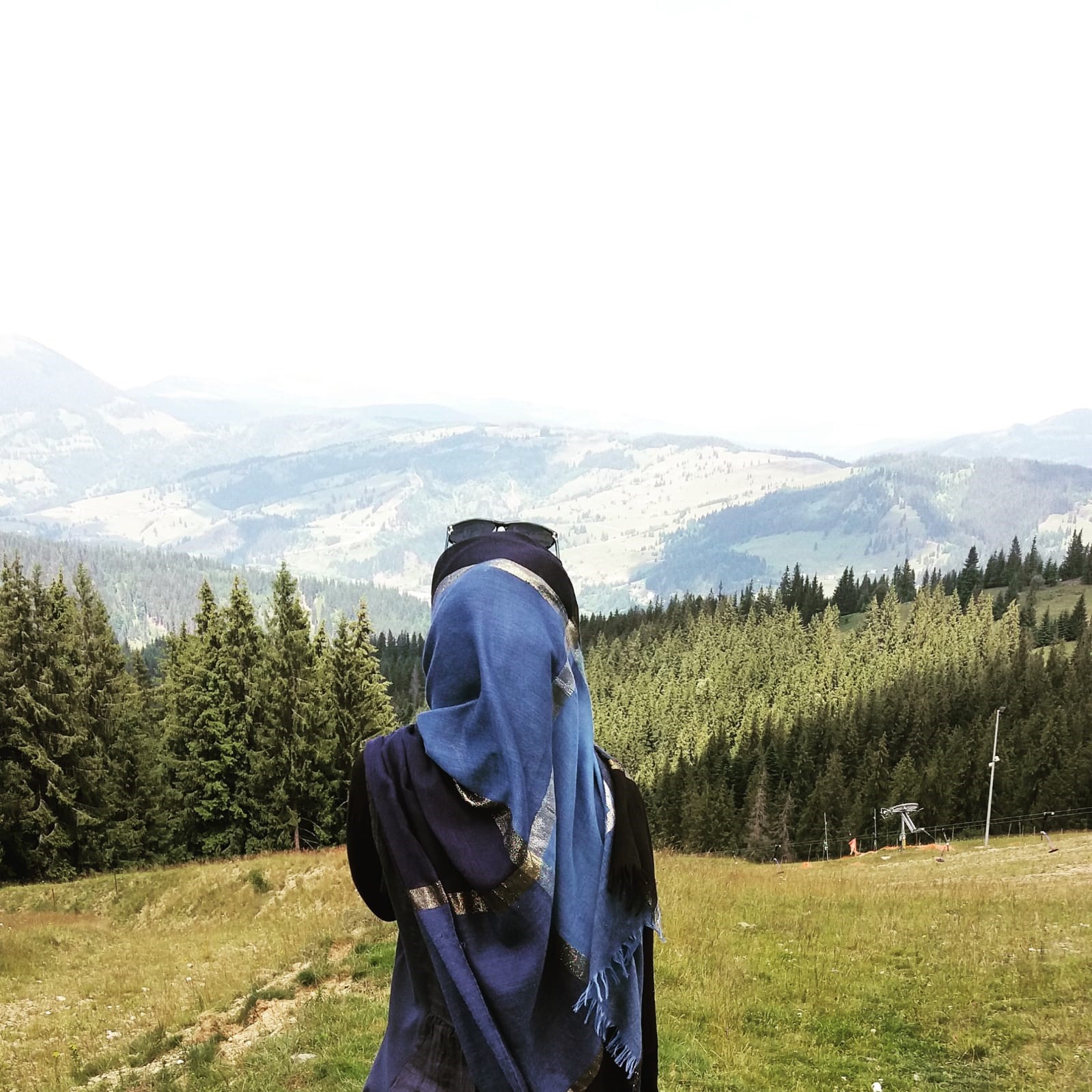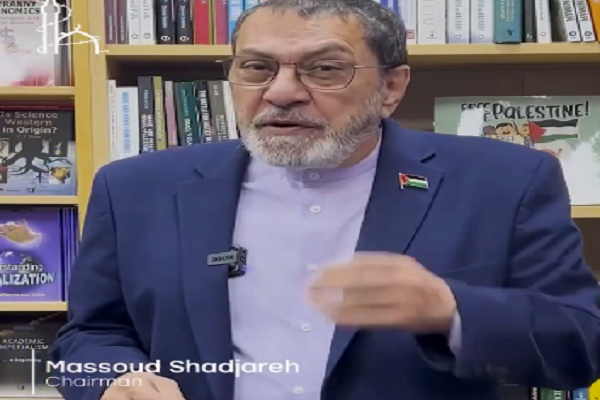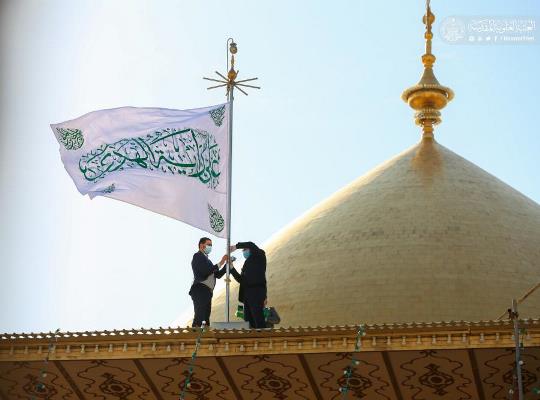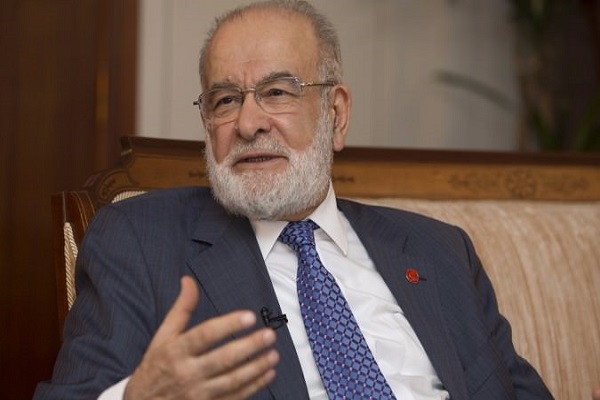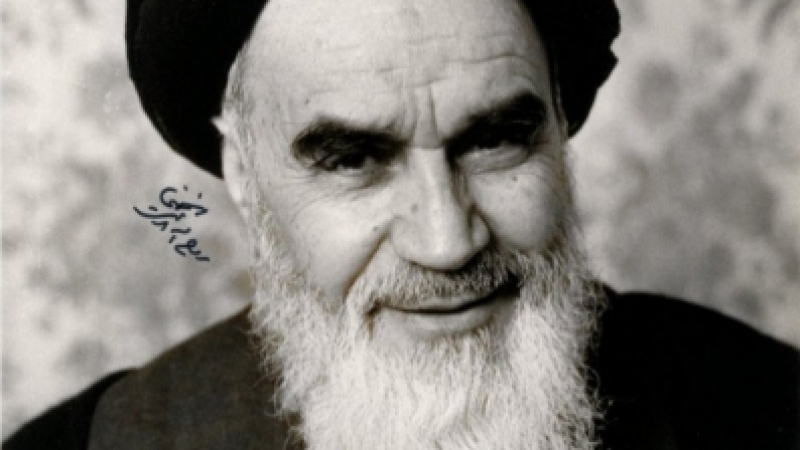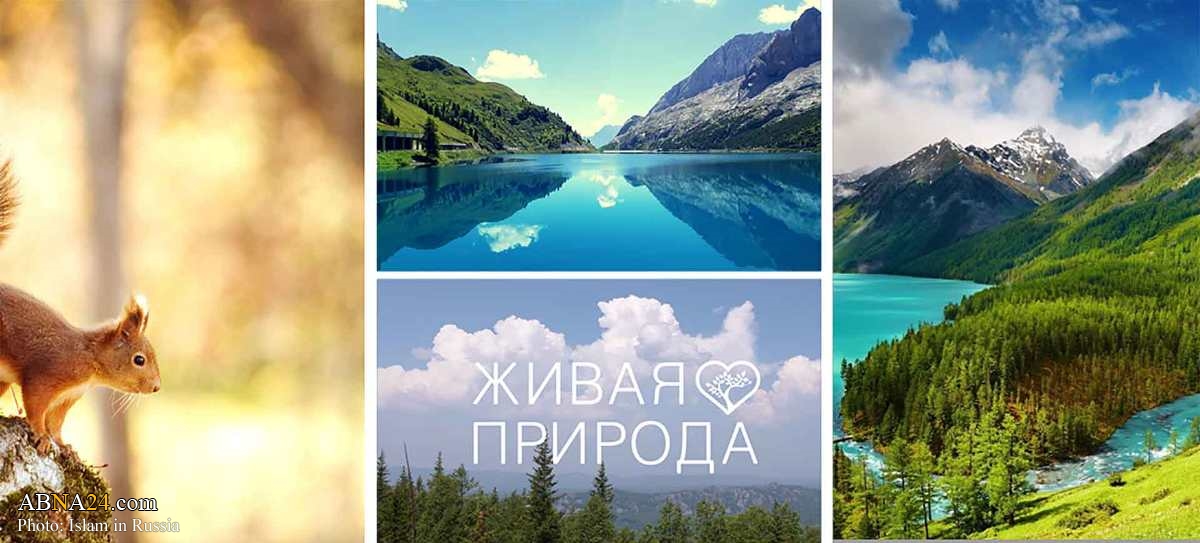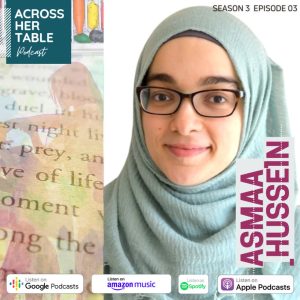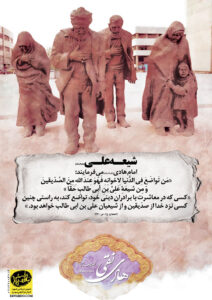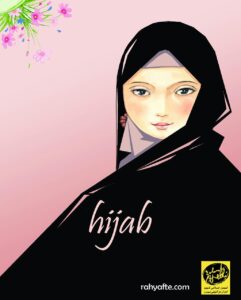According to rahyafte (the missionaries and converts website) Education is one of the criteria for growth and development in every society. When studying educational developments, factors including expansion of educational resources, plans to provide educational means, the educational system’s share from the public budget, society’s literacy rate, school dropout rates, facilities and services, educational plans are mainly taken into consideration. When we speak about the Islamic Revolution’s achievements in different areas, promoting women’s literacy will undoubtedly be one of the most significant features to address. By taking the above-mentioned factors into account, we can have a better understanding of women’s literacy and education. This is a noteworthy point in developing a correct understanding of women’s literacy and education status. Examination of the aforementioned factors from the pre-revolutionary era until today has focused on official figures released before and after the Islamic Revolution.
It is necessary to examine the Islamic Republic of Iran’s general outlook on women before reviewing the performance of the Islamic Republic in terms of women’s literacy.
In its Article 20, the Constitution of the Islamic Republic of Iran clearly stresses humanness regardless of gender and consequently, it highlights human being’s equal share of human, political, economic, social and cultural rights. Moreover, Article 21 specifically highlights the need to protect women’s rights by proclaiming that everyone should respect women’s rights and that asserting these rights is one of the responsibilities of the administration and the governmental organizations of the country.

Another fundamental document that addresses women’s rights in Iran is the “The Charter of Women’s Rights and Responsibilities” outlined and ratified by one of the most important decision-making organizations in Iran, namely the Supreme Council of Cultural Revolution. In the “education” section, the document raises the following points:
- The right to benefit from health (such as health in the working environment, etc.) and from information and necessary means of education;
- Women’s right to participate in politics, legislation, management, implementation and supervision over health and treatment, specifically that of women;
- Women’s right to access public education and to benefit from educational improvements and from various means of education;
- Women’s right to benefit from higher education to the highest level;
- Women’s right to acquire skills and expertise – both quantitative and qualitative – at the highest levels;
- Women’s right to benefit from educational privileges in underprivileged areas;
- Women’s right to undertake responsibilities in preparing school and other educational materials;
- Women’s right as well as responsibility to acquire positions which befits their status and role at schools and other educational entities.
In addition to the fundamental policies and documents regarding women’s education in Iran, the leaders and high-ranking officials of the Islamic Republic of Iran have always stressed, in their speeches, the necessity to provide the necessary infrastructures and opportunities for the growth and blossoming of women in their individual and social life. For instance, the current leader of the Islamic Revolution, Ayatollah Khamenei, states:
Women have a role in social, political, scientific and economic activities. From the viewpoint of Islam, the arena for women’s scientific, economic and political activities is completely open. If someone decides to deprive women of scientific work and economic, political and social endeavors on the basis of an Islamic viewpoint, they have acted against the divine decree. Women can participate in different activities as much as their physical ability and their needs allow it. They can engage in economic, political and social activities as much as they can. The Holy Sharia [Islamic law] is not against it. Of course, because women are more delicate in physical terms, they have certain restrictions.[1]
This special attention to women – specifically regarding their scientific and academic life – has led to tangible and noteworthy changes in the growth of their individual, social and scientific life in post-revolutionary Iran.
Since the inception of the Islamic Revolution in 1979, good measures were adopted at a fast pace and with complete seriousness in line with promoting women’s literacy in a comprehensive and thorough manner, bearing tangible results: women’s literacy rate improved from 37 percent in the year 1976 to 87 percent in the year 2015. It is noteworthy that the rate of Iranian women’s literacy is even higher than that of the global average.

Besides significant improvements of women’s literacy rate, after the Islamic Revolution, women have enjoyed by far a better condition – in terms of educational justice in the area of expanding literacy – compared to the pre-revolutionary era. Before the Islamic Revolution, the rate of female literacy was 24 percent, almost half the rate of male literacy – about 48 percent. However, after the Islamic Revolution, this gender gap in adult literacy dropped to 9 percent.[2]
When analyzing the Pahlavi era, it is usually claimed that women’s circumstances underwent many positive changes thanks to the modernization of the society. However, there are arguments that such changes were more superficial than practical. Abbasi and Musavi point out that not only did the modernization of Iranian society not exert changes, generally speaking, on the social condition of women in pre-revolutionary Iran, but it also “created division among a large number of women and it undermined the position of a majority of women who had religious orientations in terms of educational and social awareness. That originated from the government’s indifference to the political and civil rights of women and from pushing them towards decadence, an example of which is the necessity to progress by forcing women to lift hijab and subsequently the suppression of traditional women in order to enforce it” (60).[3]
Specifically, in the area of education, certain changes stemming from modernization in the Pahlavi era have been disparaged as inefficient due to their contradictions and striking differences with the Iranian culture and identity. For instance, in his article “Education during the reign of the Pahlavi Dynasty in Iran (1941-1979), Hamdhaidari argues that the new educational structures during the time of Mohammad Reza Pahlavi were “imposed” and that “they were totally irrelevant to the cultural, social and economic realities of the Iranian society and to the needs of society” (17).[4]
Moreover, the macro-policies of the regime in terms of culture were oriented towards eliminating women from the cycle of economic and social activities and defining them as a sexual commodity at the service of the patriarchal society. As more proof of the inefficiency of Pahlavi policies on women and on female identity, Oriana Fallaci’s famous interview with Mohammad Reza Pahlavi wherein he responded to a question about empowering women clearly shows the humiliating and degrading outlook of Pahlavi rulers towards women, leaving no doubt about what they thought about women:
You [women] have never produced a Michelangelo or a Bach. You’ve never even produced a great cook. And don’t talk of opportunities. Are you joking? Have you lacked the opportunity to give history a great cook? You have produced nothing great, nothing![5]
A statistical examination can shed light on the differences between the outlook of former regimes of Iran and the Islamic Republic in the area of women’s involvement in science and research. On the basis of international statistics comparing the former regime and the Islamic Republic of Iran, women’s rate of winning academic seats has grown significantly in the post-revolutionary era. Specifically, in 2008, female admission into universities exceeded 50 percent of the overall admission rate, reaching 53 percent.[6] Iran’s attempts in reducing the gender gap in higher education have been so effective that the World Bank declared in its annual report on the development of the Middle Eastern and North African that, “in Iran in 2002, for the fourth year in a row, the percentage of girls passing the rigorous university entrance exam exceeded the percentage of boys passing” (34-35).[7]
During the time of the Islamic Republic, women have found the opportunity to exponentially grow at all levels of higher education whereas such resources were absent in former regimes. Basically, the monarchical system in Iran adopted a superficial outlook towards women, looking at them as a commodity in society.
Besides more access to academic and scientific environments, women’s condition significantly improved in terms of the diversity of the academic fields available to them. Women have achieved relative equality to men in different fields of study and they have even overtaken them in certain fields. As is clear in the following diagram, in 2017, the number of female graduates in medical and basic sciences exceeded that of male graduates. Only in technical and engineering fields has the number of male graduates been significantly higher than women, a point largely due to the nature of these fields.[8]

Irrespective of gender, after the Islamic Revolution, access to universities and academic environments and willingness to do so among the Iranians has significantly increased compared to the pre-revolutionary era. In 1976, only less than four percent of the Iranians who finished high school pursued higher education, but after the Islamic Revolution, in order to administer educational justice and with the necessary infrastructures becoming available, pursuing higher education became possible for a high percentage of the Iranian population. According to international statistics, in 2014, almost 66 percent of those who finished high school entered universities. It is noteworthy to mention that Iran’s rate of success in expanding and providing academic and research environments as well as encouraging citizens to acquire literacy is almost two times higher than the global growth rate.

Iranian women’s literacy not only witnessed a growth in terms of quantity, but it has also enjoyed better geographical diversity and a fairer geographical distribution after the Islamic Revolution. In 1977, only 17 percent of the female population in the rural areas were literate; while in 2017, 73 percent of women in rural areas were literate. This indicates more than a 5-fold increase (670).[9]
The structural and intellectual reforms carried out in Iran regarding women led to the above-mentioned changes in women’s literacy. Providing women with science and knowledge and facilitating their access to academic environments as well as endorsing the identity and dignity of Iranian women remarkably improved Iran’s condition in the area of public services and the development of expertise and skilled work. This is evidenced by a 10-time increase in the number of women physicians between the years 1979 and 2012. Before the Revolution, the number of women physicians was 1,988 while that figure reached an astonishing 20,177 after the Revolution.[10]
In the case of educational management, women’s role after the Revolution is incomparable to that of the post-revolutionary era. More female access to higher education has made it possible for many more women to take managerial posts in the realm of education and has led to an increase in the number of female professors and faculty in universities. In its report on the number of female faculty members in universities, the World Bank states that the number of female board members has witnessed a three-time increase, reaching from 11 percent in 1970 to more than 30 percent in 2016.[11]
[1] http://farsi.khamenei.ir/speech-content?id=2812
[2] https://data.worldbank.org/indicator/SE.ADT.LITR.FE.ZS?end=2016&locations=IR&start=1976&view=chart
https://data.worldbank.org/indicator/SE.ADT.LITR.MA.ZS?locations=IR
[3] Somaye, Abbasi, and Musavi Mansoor. “The Status of Iranian Women during the Pahlavi Regime (from 1921 to 1953).” Women’s Studies, vol. 5, no. 9, 2014, pp. 59–82.
[4] Hamdhaidari, Shokrollah. “Education during the Reign of the Pahlavi Dynasty in Iran (1941–1979).” Teaching in Higher Education, vol. 13, no. 1, 2008, pp. 17–28.
[5] https://newrepublic.com/article/92745/shah-iran-mohammad-reza-pahlevi-oriana-fallaci
[6] https://knoema.com/atlas/Iran/topics/Education/Tertiary-Education/Female-students-in-tertiary-education
[7] Gender and Development in the Middle East and North Africa: Women in the Public Sphere. World Bank, 2004.
[8] Iran Statistical Yearbook 2016-2017. Statistical Center of Iran, 2017.
[9] Iran Statistical Yearbook 2016-2017. Statistical Center of Iran, 2017.
[10] Simforoosh N, Ziaee SAM, Tabatabai SH. “Growth Trends in Medical Specialists Education in Iran. 1979 – 2013.” Arch Iran Med. 2014; 17(11): 771 – 775.
[11] https://data.worldbank.org/indicator/SE.TER.TCHR.FE.ZS?locations=IR
source:english.khamenei.ir







